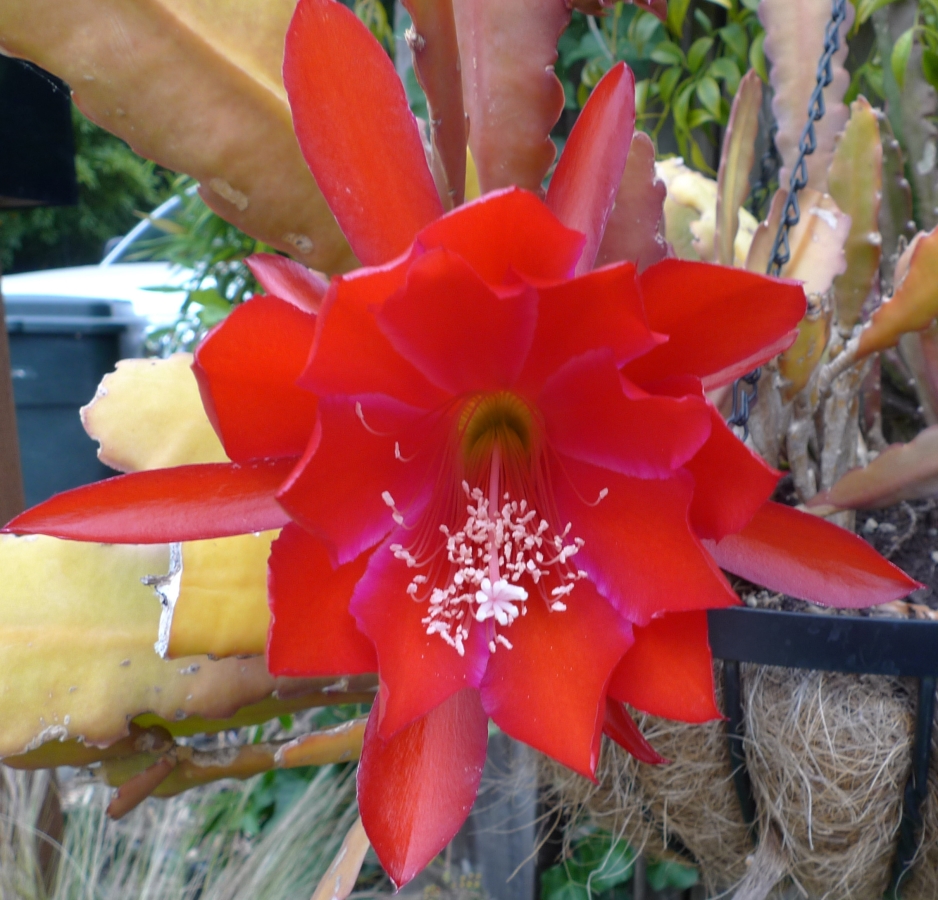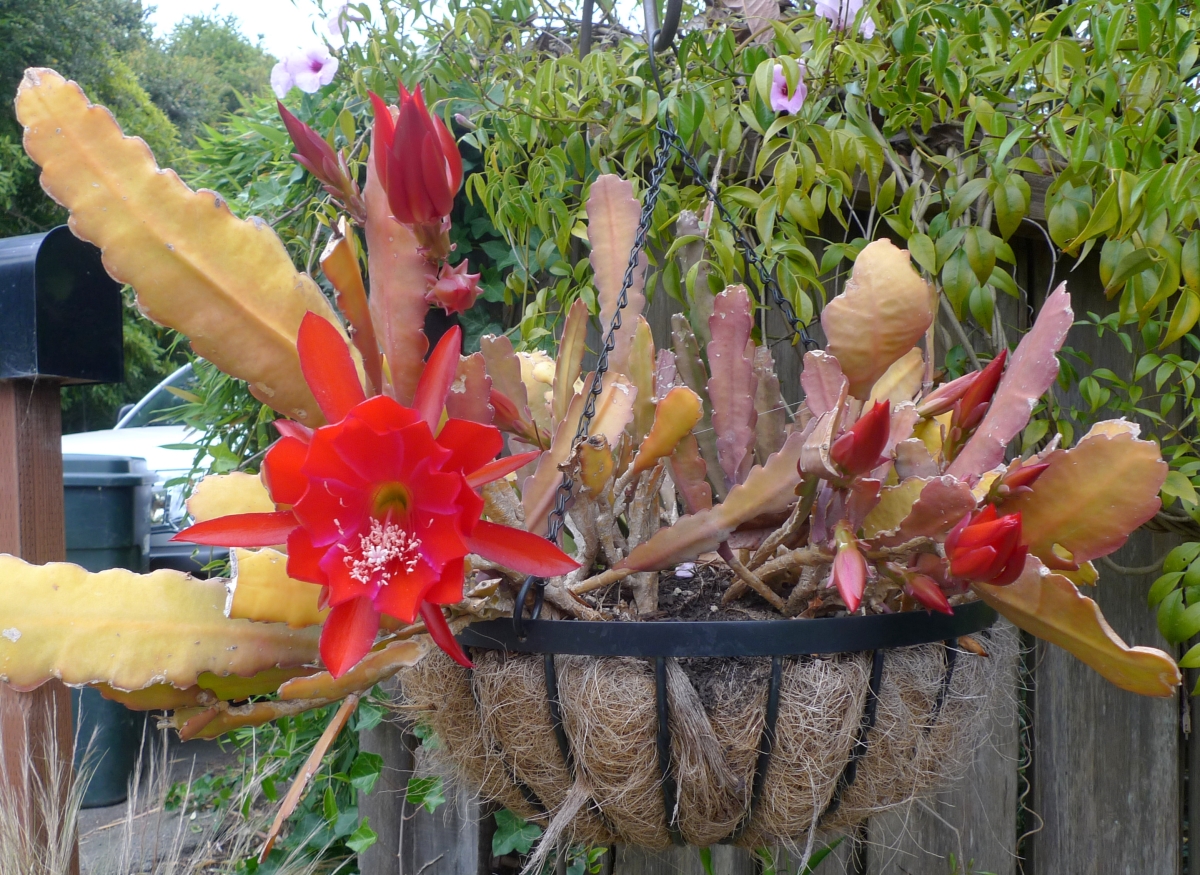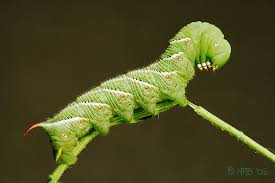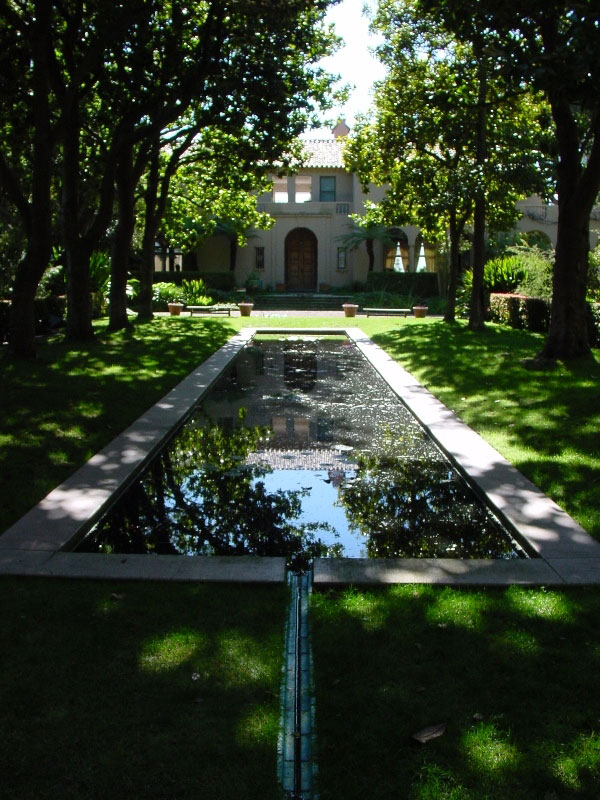I’ve had this Epiphyllum for a long time, but it’s been languishing in the wrong corner of the garden–too much sun or not the right sun. A few months ago I moved it towards the street where it gets filtered late afternoon sun, and I’ve been watching it revive and bud… This morning, the first bloom.

And lots more to come…

All of which made me think of Stanley Kunitz, as I often do when I’m in the garden, as he was almost as famous for his garden as his poetry.
But often, when weeding especially, creating my own little piles (both physical and metaphorical), I think of this poem by Louise Glück…
Purple Bathing Suit
I like watching you garden
with your back to me in your purple bathing suit:
your back is my favorite part of you,
the part furthest away from your mouth.
You might give some thought to that mouth.
Also to the way you weed, breaking
the grass off at ground level
when you should pull it by the roots.
How many times do I have to tell you
how the grass spreads, your little
pile notwithstanding, in a dark mass which
by smoothing over the surface you have finally
fully obscured. Watching you
stare into space in the tidy
rows of the vegetable garden, ostensibly
working hard while actually
doing the worst job possible, I think
you are a small irritating purple thing
and I would like to see you walk off the face of the earth
because you are all that’s wrong with my life
and I need you and I claim you.
Louise Glück
So deceptively simple and darkly complex! Now we’ll wait and see what the deer think of the Epiphyllum–I doubt my feeling if they eat it will be complex at all.
 If you’ve ever raised tomatoes, you’re likely to have seen these guys. Usually, you first see a bunch of black detritus under your ravaged plants. They merge so perfectly into the tomato leaves, that it takes awhile to find them. Stanley Kunitz was a renowned gardener as well as a poet, and wrote a Hornworm poem in two parts, Summer and Autumn. Here’s the summer part:
If you’ve ever raised tomatoes, you’re likely to have seen these guys. Usually, you first see a bunch of black detritus under your ravaged plants. They merge so perfectly into the tomato leaves, that it takes awhile to find them. Stanley Kunitz was a renowned gardener as well as a poet, and wrote a Hornworm poem in two parts, Summer and Autumn. Here’s the summer part:

